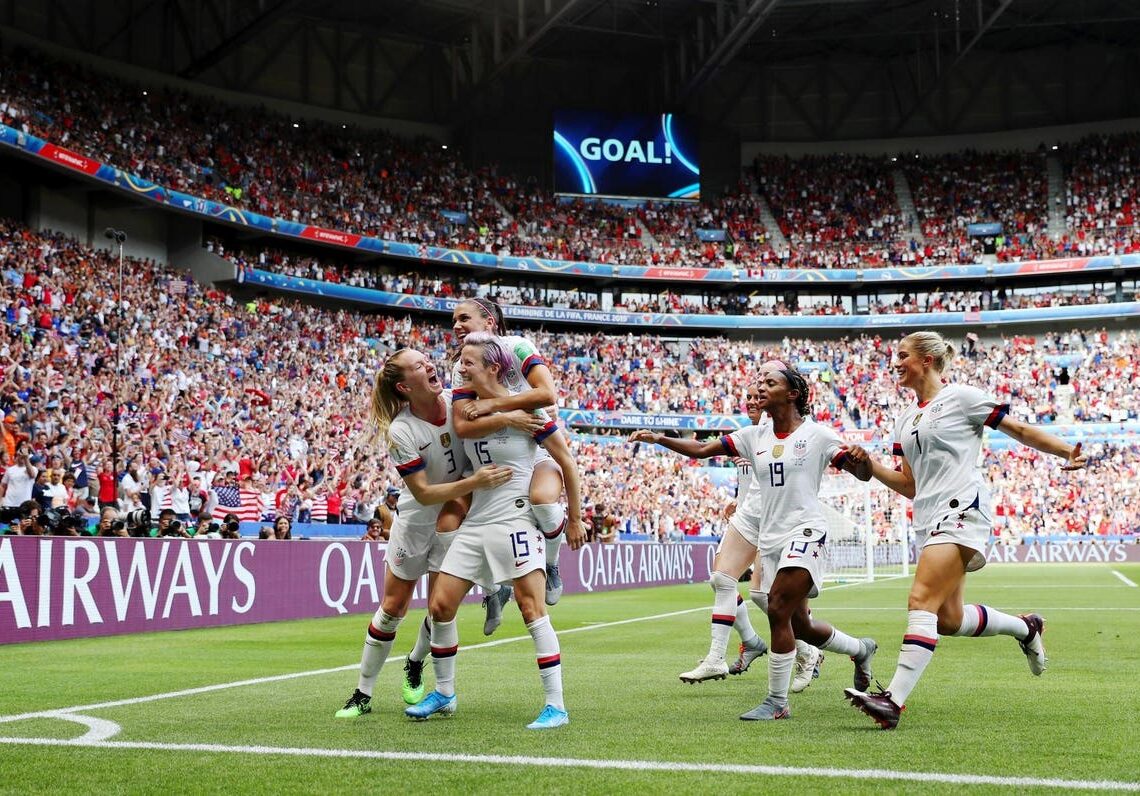The 2023 Women’s World Cup begins July 20th when New Zealand takes on Norway. Although this will only be the ninth time the tournament has taken place, the growth of the Women’s World Cup has been tremendous. The 2019 tournament saw a combined 1.12 billion viewers, with an average match viewership draw of almost 17.5 million (double the numbers from 2015). The final match of 2019 (USA v. Netherlands) was the most-watched game in the history of the tournament, peaking at a total of 263.62 million unique viewers. By early June 2023, ticket sales for the 2023 World Cup had already surpassed 1 million, putting it on pace to be the most attended standalone women’s sporting event in history.
Despite these increases, support for women’s soccer from sponsoring nations has not matched growth. Instead, organizational equity initiatives have typically been dwindled down to box checking efforts, and women athletes have had to rely on extreme measures to achieve results. An all too common issue across sport has been the pay inequities between men’s and women’s national teams. One of the most visible equal pay fights was between the U.S. Women’s National Soccer team and U.S. Soccer and lasted six years, beginning in March 2016. This six-year battle ended with a 24 million dollar settlement and development of equitable pay models between the men’s and women’s programs.
Support authors and subscribe to content
This is premium stuff. Subscribe to read the entire article.











